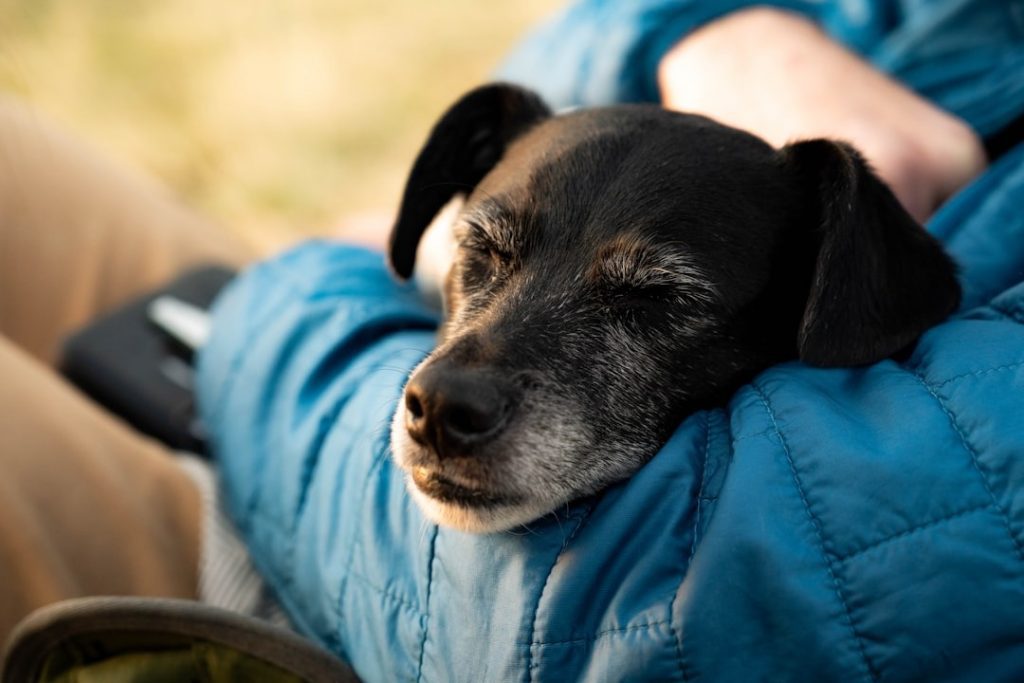Physical Address
304 North Cardinal St.
Dorchester Center, MA 02124
Physical Address
304 North Cardinal St.
Dorchester Center, MA 02124

Every wagging tail, every playful bark, and every embrace turns our dogs into invaluable friends. Regrettably, time also changes them. At first, dogs’ aging may not always be clear. Small adjustments like more sleep, less play, or foggy vision can sneak in slowly.
Early detection of these little indicators is critical for enhancing quality of life. Early diagnosis lets us alter diet, step up veterinary checkups, and change daily activities to fit their demands rather than wait for health issues to worsen.
Fifteen early indications of aging in dogs are discussed in this guide together with doable tactics to enable your furry buddy to live joyfully and happily in their golden years.
Not all dogs age at the same rate. Size, breed, and genetics all play a role.
Case Study:
Bella, a 9-year-old Golden Retriever, began showing stiffness in her back legs. While her owner thought she was “just slowing down,” her vet diagnosed early arthritis. With joint supplements, a weight-control plan, and hydrotherapy, Bella regained her mobility and enjoyed her walks again.
👉 Lesson: Senior signs can start earlier than you expect especially in large breeds.
Arthritis is the #1 mobility issue in senior dogs. If your dog hesitates before getting up, struggles to lie down, or limps after exercise, joint pain may be the cause.
What to do:
Just like people, dogs develop gray or white hairs, usually around the muzzle, chest, and eyebrows.
Care Tip: While harmless, sudden excessive graying can sometimes be stress-related. Regular grooming and gentle brushing keep older coats healthy.
Senior dogs often sleep more during the day but may wake up restless at night. This could be linked to arthritis, discomfort, or canine cognitive dysfunction (dog dementia).
How to help:
Hearing loss is gradual. Dogs may stop responding to verbal commands or become startled easily.
Solutions:
Cataracts and nuclear sclerosis are common. Dogs may bump into objects or hesitate in low light.
Management:
Senior dogs are prone to gum disease, loose teeth, and oral pain. Bad breath is often the first sign.
At-home hacks:
Metabolism slows in older dogs. Some gain weight due to inactivity, while others lose weight from conditions like kidney disease, cancer, or diabetes.
What to do:
If your dog turns away from food, it may be due to dental pain, digestive sensitivity, or organ disease.
Solutions:
Senior dogs may become clingier, more anxious, or irritable. This can result from pain, confusion, or cognitive decline.
What helps:
Incontinence, kidney problems, or dementia may cause bathroom accidents.
Management:
Dogs naturally lose muscle tone, especially in their hind legs. This makes them weaker and more prone to falls.
Solutions:
Once-easy tasks like hopping into the car or onto the bed—become difficult.
Supportive aids:
Fatigue, pain, or heart disease can reduce energy. A normally playful dog may become uninterested.
What to do:
Confusion, pacing at night, forgetting house training, and staring at walls are common dementia signs.
Management:
Thinning fur, dry skin, lumps, and warts often appear with age. Some lumps are harmless; others may be cancerous.
Care tips:

Catching signs early allows for proactive care. With joint support, diet changes, and regular monitoring, many senior dogs live comfortably well into old age. Waiting until symptoms worsen often leads to more costly, complex treatments.
1. Do small dogs live longer than big dogs?
Yes—small breeds often outlive giant breeds by several years.
2. What’s the best supplement for senior dogs?
Glucosamine, chondroitin, and omega-3s are commonly recommended.
3. Can senior dogs still be trained?
Absolutely! Gentle, positive reinforcement training keeps their minds sharp.
4. How can I tell if my dog’s lumps are cancerous?
Only a vet can confirm through a biopsy or fine needle aspirate.
5. How do I support a senior dog emotionally?
Routine, gentle play, and reassurance reduce anxiety and confusion.
6. How do I know when my dog’s quality of life is declining?
Watch for appetite loss, severe mobility struggles, and lack of interest in activities they once loved.
Aging is natural, but it doesn’t mean the joy of life has to fade. By recognizing these 15 early signs, supporting your dog with preventive care, and working closely with your vet, you’ll give your dog the comfort and dignity they deserve.
Your dog has spent years giving unconditional love. Now it’s your turn to make their golden years the best years. 🐾❤️
🔗 Learn more at the American Kennel Club Senior Dog Care Guide.